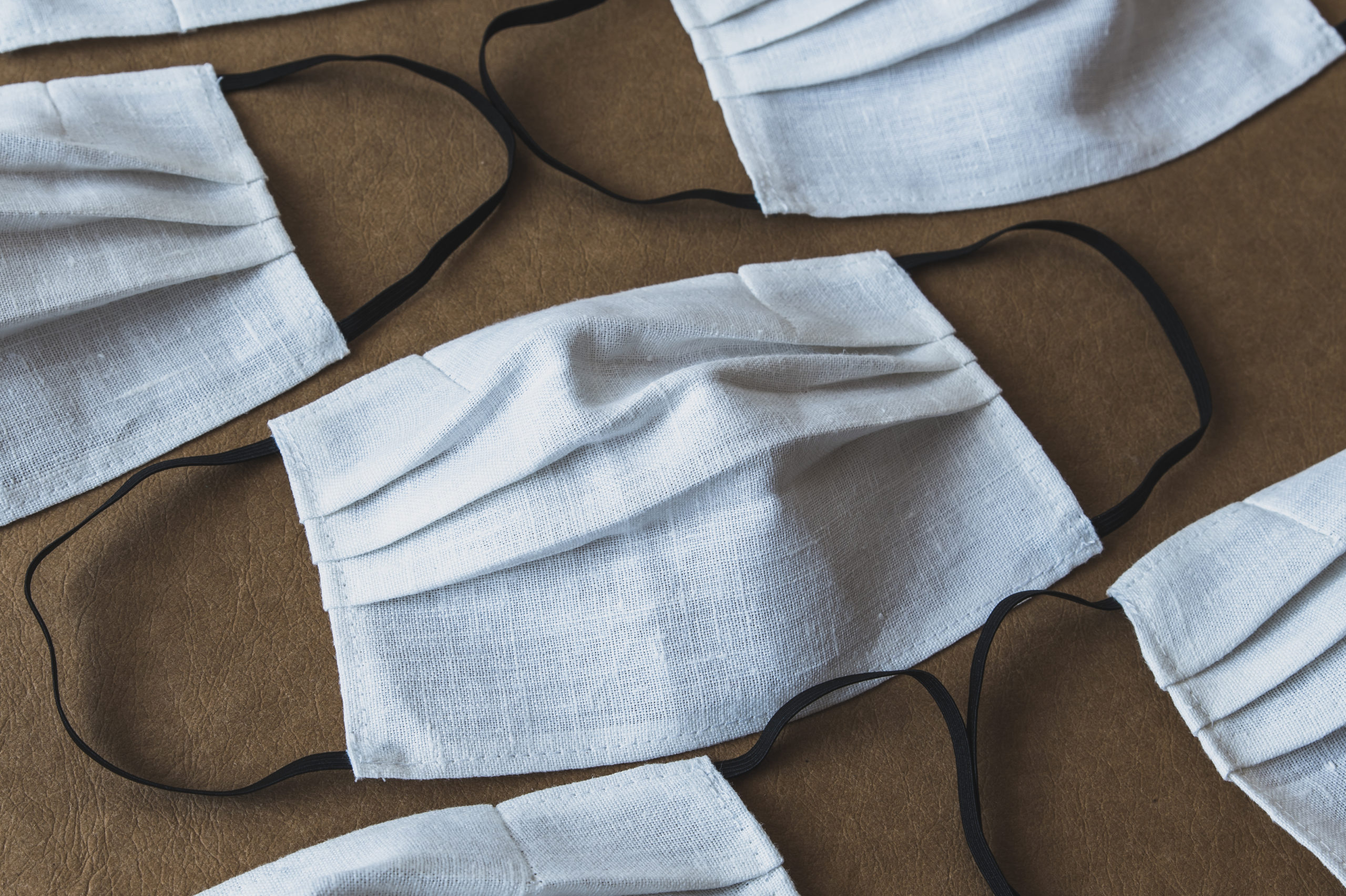With the recent CDC recommendations to encourage the use of masks in public, many are left wondering what mask is right for them. Here’s a quick breakdown of the types of masks available, the intended wearers, and how each mask functions.
N95 surgical respirator masks
Respirators cleared by the National Institute for Occupational Safety and Health (NIOSH) and the Food and Drug Administration (FDA) as surgical masks.
- Intended wearer: Health care professionals.
- Purpose: Created to filter smoke from energy-using surgical devices during operating room procedures and are effective at protecting the wearer from pathogens.
- How it works: Respirators are fit-tested to form a tight seal around the face of the wearer. Once sealed, the mask relies on a cartridge to filter airborne particles. The N95 can block up to 95% of them.
- What it’s made from: Nonwoven fibers. Some include valves to allow air to flow out for more breathable wear.
- Length of wear: Single use. However, researchers are currently testing ways to disinfect them for reuse.

Medical masks
Loose-fitting masks that create a physical barrier between the mouth and nose. Most are designed with rectangular-shaped pleats, a metal strip around the nose, and long straight ties.
- Intended wearer: Medical professionals and anyone in a health care setting.
- Purpose: Primarily intended to protect others from the wearer’s saliva and respiratory secretions. However, they may protect the wearer against exposure to microorganisms, body fluids, and large particles in the air.
- What it’s made from: Medical-grade polypropylene.
- Length of wear: Single use.
Face coverings (non-medical)
Reusable cloth masks, bandanas, scarves, and gaitors that also cover the wearers nose and mouth.
- Intended wearer: Anyone who is not in a medical setting.
- Purpose: While not as effective as the N95 or medical masks, face coverings are designed to protect you and others from large particles and respiratory droplets.
- What it’s made from: Multiple layers of a breathable fabric such as cotton, silk, and linen. Options include pre-made masks and those made from household items such as scarves, t-shirts, sweatshirts, or towels. Some of the pre-made options include a pouch to insert a filter. Homemade masks can be altered to insert a filter, provided there is fabric between the wearer and the filter itself.
- Length of wear: Reusable. However, the mask must be washed in hot water and dried on high heat between uses to kill any bacteria or viruses.
Proper hygiene remains important while wearing a mask. So make sure to wash your hands well before putting it on and taking it off. It’s also key to avoid touching the part of the mask that covers your face. The easiest way to avoid contact with the face covering is by handling the mask by the ear loops. When you’re finished wearing the mask, make sure to wash it if it’s reusable, or dispose of it properly if it’s single-use.




